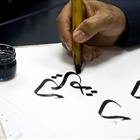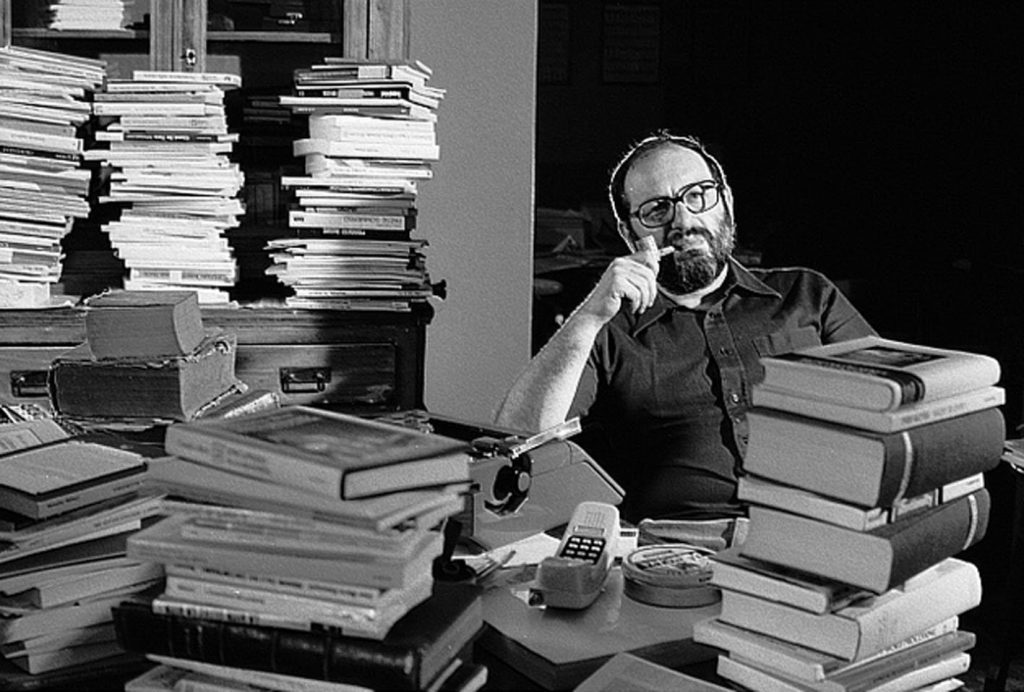As a literary agent specialized in representing Arabic literature for world translation rights, I am often asked how visible Arabic literature is on the international scene. This question most of the time translates into: ‘how many copies do books translated from the Arabic sell?’
Last time I checked, Salwa El Naimi’s novel ‘Burhan el aassal’ (Proof of the honey) sold 80
,000 copies in Italy (1). This record-breaking figure is rarely heard of for Arabic literature in translation. Sales numbers commonly range from 500 to 2000 copies in markets like France, despite the fact that French readers are historically well inclined towards this literature. Comparatively, in 2009, the 30th ranked best seller sold 201,000 copies (2) in France.
The number of copies sold is, however, not the only indicator of Arabic literature’s visibility. Should also be considered the number or Arabic titles acquired, the number of houses that acquire them, and the number of countries in which they are acquired. In France, in 2009, translated literature represented 14.3% of the production. Most translated languages are: English (62%), followed by Japanese (8.3%), German (6.2%), Italian (4.3%), Spanish (4.0%), Scandinavian languages (1.8%), Russian (1.3%) and Dutch (0.9%, equivalent to 83 titles) (2). In comparison, the number of Arabic titles translated per year can generously be estimated to a maximum of 20. Moreover, translations into French are mostly due to a single specialized house: Sindbad, currently directed by Farouk Mardambey, publishes approximately 10 titles a year.
Italy is today undoubtedly the most receptive market, with a growing number of houses acquiring rights to Arabic literature (at least five houses, small and large, have each acquired at least one Arabic title in the year 2008-2009 (1).Surprisingly, given their geographic and cultural distance, Dutch and Scandinavian publishers are among the most attentive, especially if one compares them to culturally closer Spain, where good translators from the Arabic seem to be cruelly lacking. This tendency can however be explained by the fact that 34%3 of the Dutch production consists in translations.
In Germany, the activity continues although at a much slower rhythm, not to mention that the German market is characterized by a number of very small houses dedicated to Arabic literature, unfortunately often ill distributed
.
Finally, the Anglo-American market remains the most difficult one to penetrate. English cessions cover the entire Commonwealth. They are the most sought after and competition is tough; especially that only 3 to 4% (3) of the English language production consists of translations. In each of the countries mentioned above, publishers willing to receive a reading copy of an Arabic novel amount to an average of 5, in the UK and US markets, interlocutors are even more rare.
We could conclude from the above data that Arabic literature is present on the main territories, but its presence is faint. Given the importance of the Arabic language in the world (320 million estimated speakers), the fact that this literature is still considered as marginal is unsettling. International publishers may be curious of this literature, but they rarely go as far as acquiring rights. This makes you wonder whether it is the quality of the Arabic literature that is at stake, or if there are external reasons to its marginalization.It should be bore in mind that ultimately, the presence of Arabic literature on the international scene depends on its visibility for one editor in particular. Each editor’s desk is flooded with books coming from all around the world. How can an Arabic book be set apart? Publishers usually do not know, let alone master, the Arabic language, and they need to use the services of external readers to get an approximate idea of a book’s content. Often, they do not have readers of Arabic with whom they regularly deal. In this case, they will need to find some, learn to trust their tastes, and give them the time to know their editorial lines. Last but not least, the Arab market is completely opaque, and publishers have no means to evaluate a book: Who is the author and what is the importance of an author in the Arab cultural landscape? What is the extent of his impact on the local press? How many copies has a book sold in its market of origin? How does it compare to other sales? How original or literary is its content and language compared to other books?
Hence, an international publisher ready to consider a particular Arabic title for translation is most of the time a publisher who wants to diversify his catalogue by adding Arabic Literature to it. Although this openness should be applauded as much as it creates new opportunities for Arabic literature, it results into a double-edged dynamic.
The Arab world is both familiar and unknown to the international editorial scene. Comparatively to other regions, in the West the Arab world is known through past colonial ties, intense media coverage and immigrated populations – or the One Thousand and One Nights tales. Ordinarily knowledgeable editors and readers have deeply rooted preconceptions that shape their expectations. On one hand, one wants to be astonished by a literature far away from easy clichés; on the other, one tends to be reassured by the confirmation of his or her prejudices. Arabs are, mostly in Europe, too well known to be surprising, and, when they do surprise, it is rarely like one had wished they would.
Conversely, the local Arab scene is extremely sensitive to the international visibility of its authors. In Lebanon, readers measure an author’s quality by the number of contract he signed abroad. The more a book is translated, the more the volume of its sales grows in its country of origin. This mirror game takes unexpected turns as numerous Arab authors, hungry for acknowledgment, have chosen to address the international market directly, often offering a literature made to satisfy Western publishers’ appetites. In doing so, they give some reality to what originally was only an Orientalist fantasy.
Hence, except some determining external factors that are not impossible, though difficult, to overcome, the question of the degree at which Arabic literature is visible unavoidably brings us back to our local production, to the means devised to make it known and exist, as well as their impact on its quality. The absence of information in the Arab world prevents the establishment of quality standards, and our narcissism results in our literature being measured according to criteria that are essentially alien.
Is Arabic literature visible in the world? Sure. The question is rather what, exactly, is seen
Yasmina Jerraissati .
(1) Personnal communication
(2) Ministry of Culture and Communication, Reading and Book Services. 2010. Economie du livre : le secteur du livre : chiffres-clés 2008-2009, Paris
(3) Heilbron, Johan. 2010. Structure and Dynamics of the World System of Translation, UNESCO, International Symposium ‘Translation and Cultural Mediation’, February 22-23, 2010, Paris
Published in French in L’Orient littéraire, and translated into English by Rayaagency .










A Moment in Ramallah / John Berger
Orientalism is a cultural and a political fact / Edward Said
Befriending Edward Said